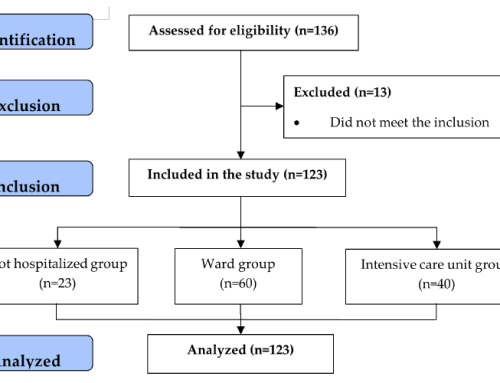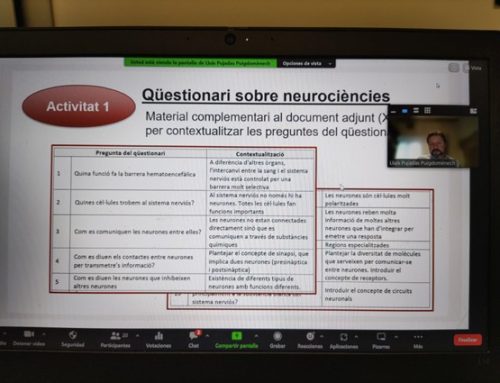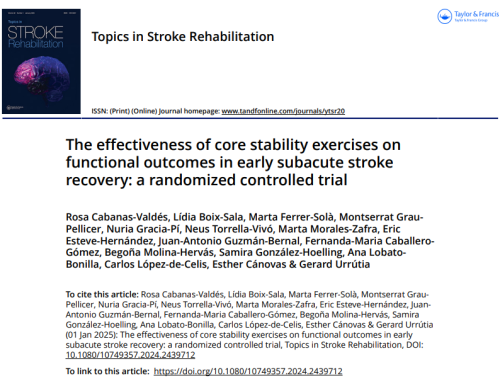ARTICLE. Lin X, Kwak T, Fiore D, Thompson PJ, Goodrich JK, Yufit T, Michalowski AM, Deschenes J, Carson P, Otero-Vinas M, Falanga V. J Tissue Eng Regen Med. 2017 Mar;11(3):713-723. doi: 10.1002/term.1967.
Abstract.
An FDA-approved, prototypic, living, bilayered skin construct (BSC) has been used for non-healing wounds. Using this particular construct as proof of principle, we hypothesized that an in vitro ‘priming’ step may enhance its repertoire of expression of key mediators and genes. The priming step used here was incubation in Dulbecco’s modified Eagle’s medium (DMEM) for 24 h at 37°C and 5% CO2 , with or without construct meshing. Microarray and ingenuity pathway analysis (IPA) showed that >1000 genes were overexpressed by the priming step, including interleukin 6 (IL-6), which plays important roles in wound healing. Genes highly overexpressed by priming were those involved in epidermal proliferation and migration. Quantitative real-time PCR (qRT-PCR), immunostaining and western blots verified the results. An epiboly assay (epidermal migration over dermis) showed that BSC epiboly was inhibited by IL-6 neutralizing antibody. Back wounds of nude mice were treated with primed or control BSCs for 3 days prior to harvesting; primed BSCs showed a significantly (p = 0.006) greater level of epidermal migration vs unprimed. Our study demonstrates that an in vitro priming step induces wound healing-related genes in the BSC, leading to a construct that could prove more effective in stimulating wound healing.












Leave a Reply